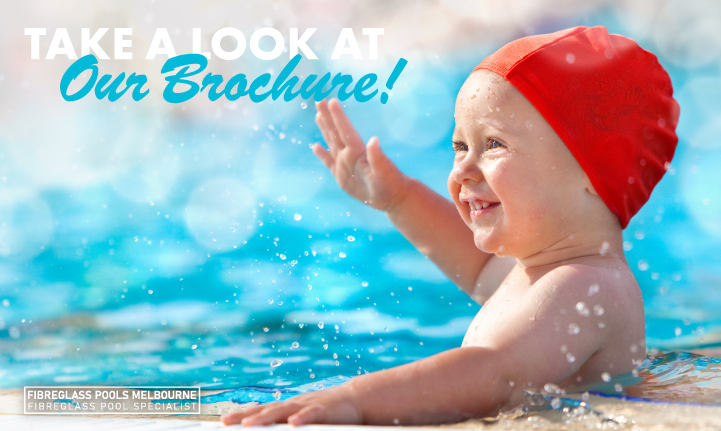Safety Measures To Take While Giving Swimming Lessons In Your Pool
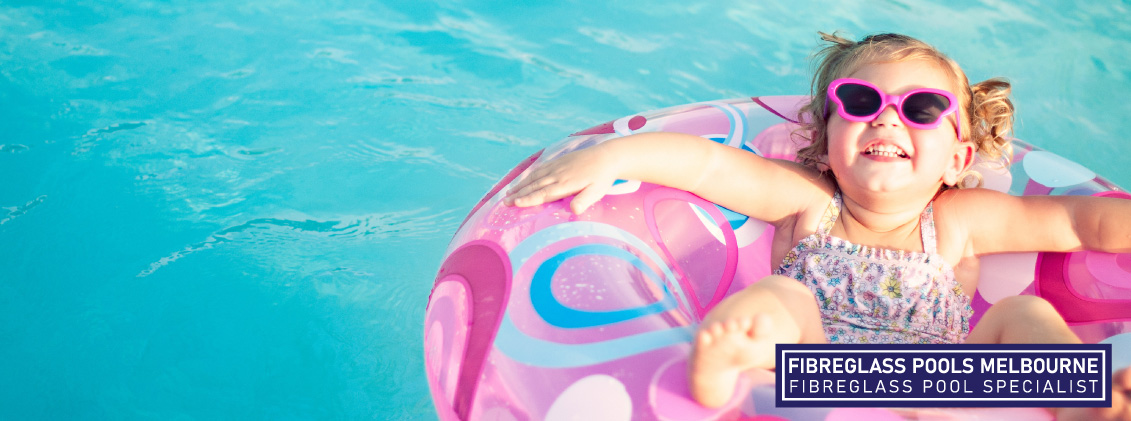
Pool safety counts
More often than not, you may find that community or public swimming pools have lifeguards to take care of pool safety issues. Nonetheless, when you are teaching your children to swim, or giving swimming lessons to someone, there are some clear safety measures to take. Fibreglass pools have a degree of safety in themselves and in their material. These are pools with the latest technology and anti-slip surfaces, unlike tiled pools. Nonetheless, you can never be too safe, so you have to think of safety first. Additionally, if you are an instructor, you cannot be a lifeguard as well – doing two things at once is more dangerous than anything else, especially near slippery surfaces like a pool area.
Make rules
Having a swimming pool is a massive responsibility. This is not just because the maintenance of home swimming pools, but also as your pool relates to safety measures. In case you have thought of giving swimming lessons in your pool, you have to take well-thought-of measures, depending on who you are teaching. You may want to teach a senior family member or a child. As a result of this, you have to have your safety plan in place.
The primary thing to do is to make a set of rules and see that anyone who is near the pool area adheres to these. Rules for swimming pool safety include not running or having very young children near the pool where it’s wet. Obviously, you cannot have very young children at the water’s edge. One thing to note whenever you are giving swimming lessons to any other person, other individuals should be kept out of the way. Again, while fibreglass pools are safe pools, your concentration will be on teaching someone to swim, not having to worry about other people causing distractions.
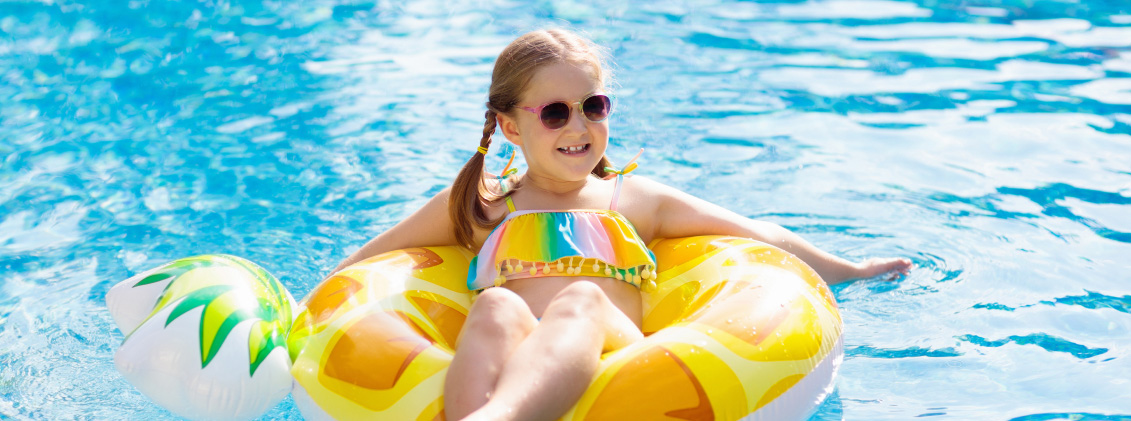
Real-life safety measures
When you consider pool safety, there are several measures you can take to mitigate the risk of any accidents, especially if you are using your fibreglass pool to give swimming lessons. Here are some key measures to take while giving lessons in fibreglass pools:
Have Someone Watch Lessons – If you have a watcher while you give a swimming lesson to anyone, they can act as your personal lifeguard. If there is an adult who watches over the vicinity of the pool and you and your students, you are assured that someone is monitoring any kind of potential danger. This “watcher” should be located at a minimal length from student swimmers. This means they should be within reachable distance, especially if students are children or seniors. Rules for the “watcher” include that they should not have their smartphones, so they remain focused.
Use Safety Fences, Covers and Alarms – Every pool should have a fence around it. This should be one with a gate that is self-closing. In case you have very small children at your house, you should have alarms on your access points from the house to the pool area. This tells you whether a child has stepped into the vicinity of the pool.
Home Pool Maintenance – Whether your pool is above the ground or inside it, and whatever the size, it should always be maintained. This means that any devices within your pool should be in working order. This includes the fact that your pool shouldn’t have grime or dirt, or any kind of algae which may cause slippage. If your pool is unclean, it is an unhygienic place for children and anyone you give lessons to.
Learn How to Do CPR – If anyone wants to start teaching others how to swim in fibreglass pools, they should learn basic life-saving techniques like CPR. Any parent should definitely learn how to do this as it can make a difference between life and death. The method of CPR enables blood to be brought to the heart, organs and brain. In turn, this allows an unconscious person to breathe better and become conscious. Initially, this is of immense help when a beginner swimmer needs it and can keep a person alive till emergency care arrives on the spot.
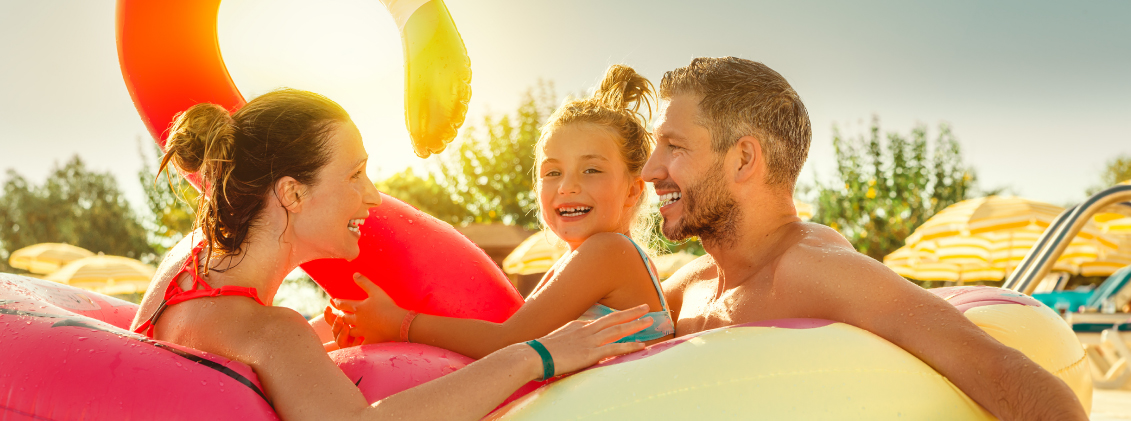
Use Proper Equipment – While giving swimming lessons in home swimming pools, it is essential to have the right swimming equipment to facilitate learning how to swim. Proper floatation devices should be used. Certain equipment like mermaid tails and particular “fins” that children like to wear can actually be harmful and cause drowning. It is important to note that “floaties” are not an answer to pool safety and neither do they keep children from drowning.
Never Joke or Get Distracted – If you are teaching someone how to swim, it’s not a good idea to make jokes in the pool. Furthermore, in fibreglass pools, or any other pools, you should always be focused on your students, maintaining heightened alertness levels.
Avoid Bad Weather – Contrary to popular belief, it is appropriate to swim in bad weather, whether you are giving lessons or otherwise. If the weather is wet, this can cause a major hazard with lighting or any other electrical equipment (wires, fixtures, etc.) in the vicinity of the pool or in the pool itself. The safety hazard could lead to electrical shocks. In case of lightning, there is an additional danger that swimmers face in the pool.
Move Unnecessary Objects – Fibreglass pools are a boon for users and if you can keep up safety standards, they can be an effective way to teach someone, like your child, how to swim. When you are prepping for swim lessons, remember that the pool itself may not just cause potential harm, but the area around it. You should take care to remove unnecessary objects from the pool area, such as plants and other things that may be obstructive while accessing the pool or exiting it.
Conclusion
A primary aspect of fibreglass pool use is the fact of safety. Innumerable accounts of pool accidents have been reported in residences as well as community pools. Additionally, if you have pets, seniors and children around, it’s a good idea to be safe rather than sorry, preparing your safety measures beforehand.
Safety Measures To Take While Giving Swimming Lessons In Your Pool
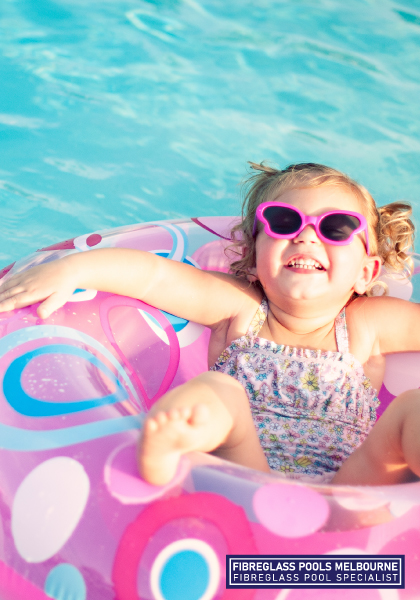
Pool safety counts
More often than not, you may find that community or public swimming pools have lifeguards to take care of pool safety issues. Nonetheless, when you are teaching your children to swim, or giving swimming lessons to someone, there are some clear safety measures to take. Fibreglass pools have a degree of safety in themselves and in their material. These are pools with the latest technology and anti-slip surfaces, unlike tiled pools. Nonetheless, you can never be too safe, so you have to think of safety first. Additionally, if you are an instructor, you cannot be a lifeguard as well – doing two things at once is more dangerous than anything else, especially near slippery surfaces like a pool area.
Make rules
Having a swimming pool is a massive responsibility. This is not just because the maintenance of home swimming pools, but also as your pool relates to safety measures. In case you have thought of giving swimming lessons in your pool, you have to take well-thought-of measures, depending on who you are teaching. You may want to teach a senior family member or a child. As a result of this, you have to have your safety plan in place.
The primary thing to do is to make a set of rules and see that anyone who is near the pool area adheres to these. Rules for swimming pool safety include not running or having very young children near the pool where it’s wet. Obviously, you cannot have very young children at the water’s edge. One thing to note whenever you are giving swimming lessons to any other person, other individuals should be kept out of the way. Again, while fibreglass pools are safe pools, your concentration will be on teaching someone to swim, not having to worry about other people causing distractions.
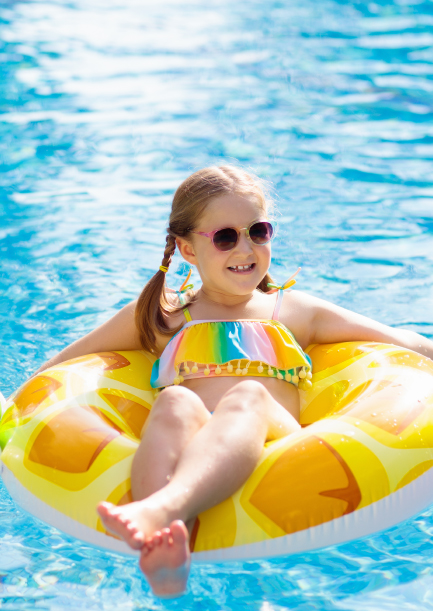
Real-life safety measures
When you consider pool safety, there are several measures you can take to mitigate the risk of any accidents, especially if you are using your fibreglass pool to give swimming lessons. Here are some key measures to take while giving lessons in fibreglass pools:
Have Someone Watch Lessons – If you have a watcher while you give a swimming lesson to anyone, they can act as your personal lifeguard. If there is an adult who watches over the vicinity of the pool and you and your students, you are assured that someone is monitoring any kind of potential danger. This “watcher” should be located at a minimal length from student swimmers. This means they should be within reachable distance, especially if students are children or seniors. Rules for the “watcher” include that they should not have their smartphones, so they remain focused.
Use Safety Fences, Covers and Alarms – Every pool should have a fence around it. This should be one with a gate that is self-closing. In case you have very small children at your house, you should have alarms on your access points from the house to the pool area. This tells you whether a child has stepped into the vicinity of the pool.
Home Pool Maintenance – Whether your pool is above the ground or inside it, and whatever the size, it should always be maintained. This means that any devices within your pool should be in working order. This includes the fact that your pool shouldn’t have grime or dirt, or any kind of algae which may cause slippage. If your pool is unclean, it is an unhygienic place for children and anyone you give lessons to.
Learn How to Do CPR – If anyone wants to start teaching others how to swim in fibreglass pools, they should learn basic life-saving techniques like CPR. Any parent should definitely learn how to do this as it can make a difference between life and death. The method of CPR enables blood to be brought to the heart, organs and brain. In turn, this allows an unconscious person to breathe better and become conscious. Initially, this is of immense help when a beginner swimmer needs it and can keep a person alive till emergency care arrives on the spot.

Use Proper Equipment – While giving swimming lessons in home swimming pools, it is essential to have the right swimming equipment to facilitate learning how to swim. Proper floatation devices should be used. Certain equipment like mermaid tails and particular “fins” that children like to wear can actually be harmful and cause drowning. It is important to note that “floaties” are not an answer to pool safety and neither do they keep children from drowning.
Avoid Bad Weather – Contrary to popular belief, it is appropriate to swim in bad weather, whether you are giving lessons or otherwise. If the weather is wet, this can cause a major hazard with lighting or any other electrical equipment (wires, fixtures, etc.) in the vicinity of the pool or in the pool itself. The safety hazard could lead to electrical shocks. In case of lightning, there is an additional danger that swimmers face in the pool.
Move Unnecessary Objects – Fibreglass pools are a boon for users and if you can keep up safety standards, they can be an effective way to teach someone, like your child, how to swim. When you are prepping for swim lessons, remember that the pool itself may not just cause potential harm, but the area around it. You should take care to remove unnecessary objects from the pool area, such as plants and other things that may be obstructive while accessing the pool or exiting it.
Never Joke or Get Distracted – If you are teaching someone how to swim, it’s not a good idea to make jokes in the pool. Furthermore, in fibreglass pools, or any other pools, you should always be focused on your students, maintaining heightened alertness levels.
Conclusion
A primary aspect of fibreglass pool use is the fact of safety. Innumerable accounts of pool accidents have been reported in residences as well as community pools. Additionally, if you have pets, seniors and children around, it’s a good idea to be safe rather than sorry, preparing your safety measures beforehand.

